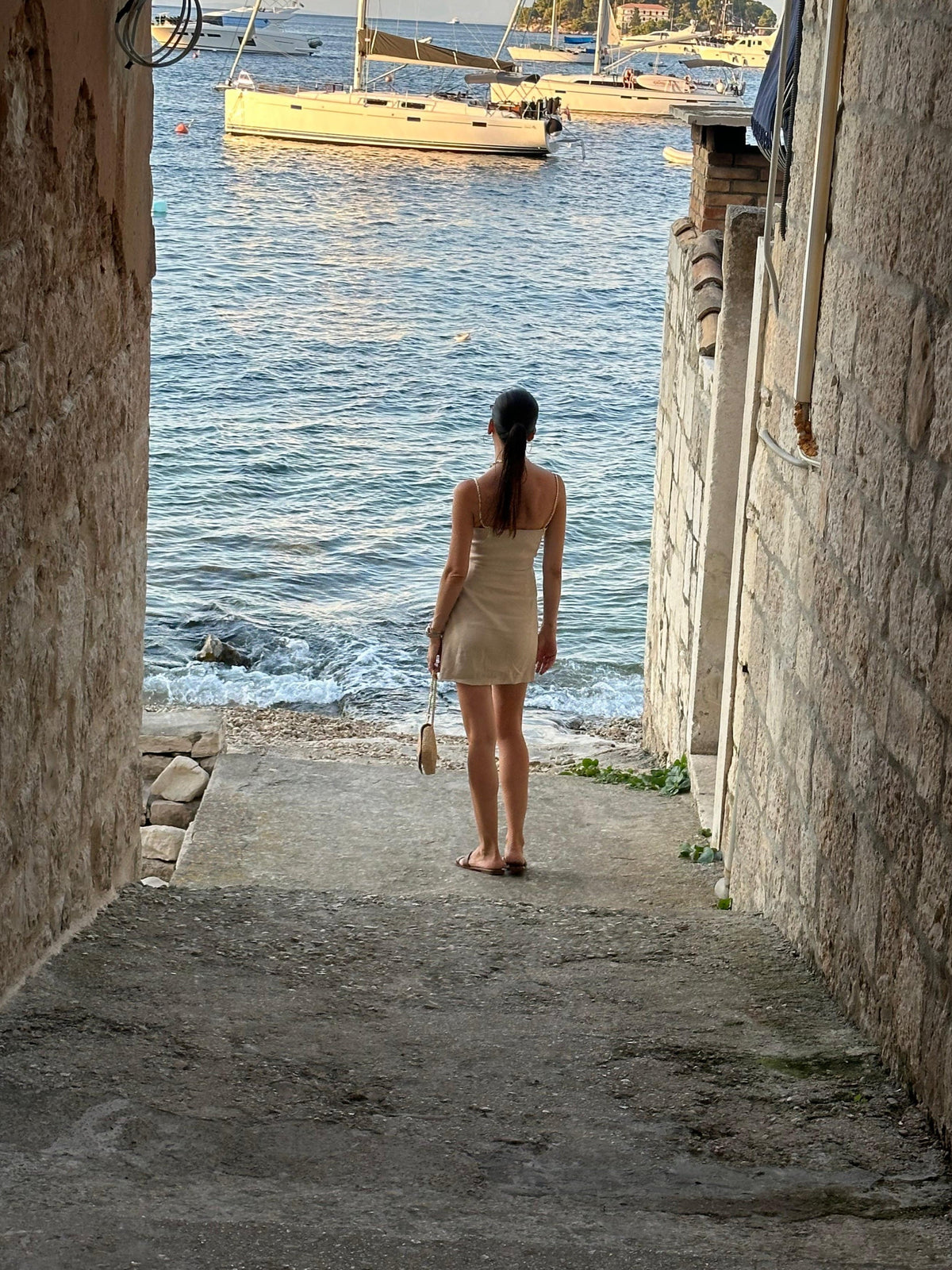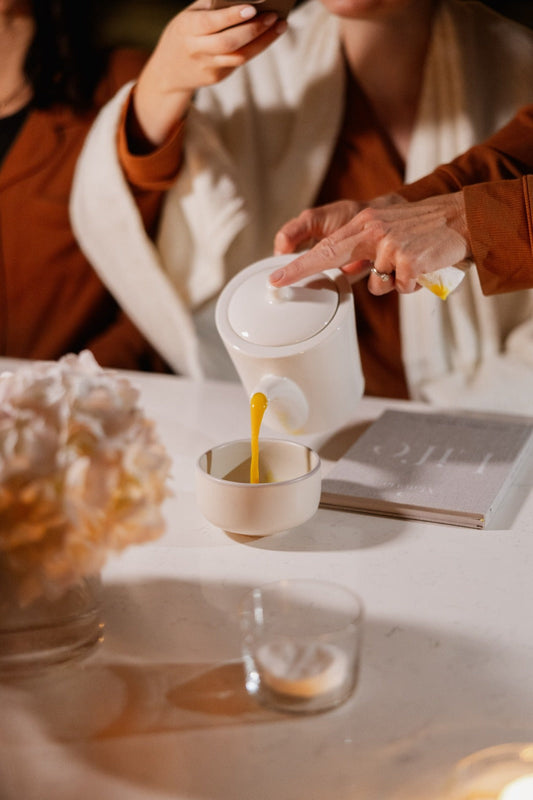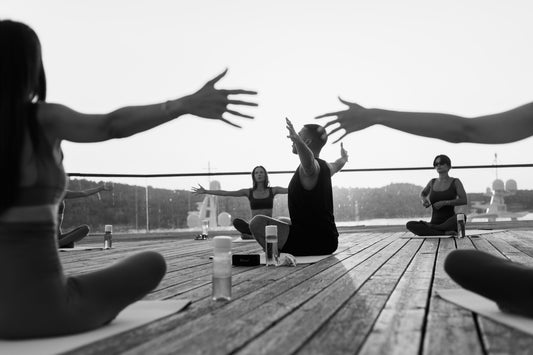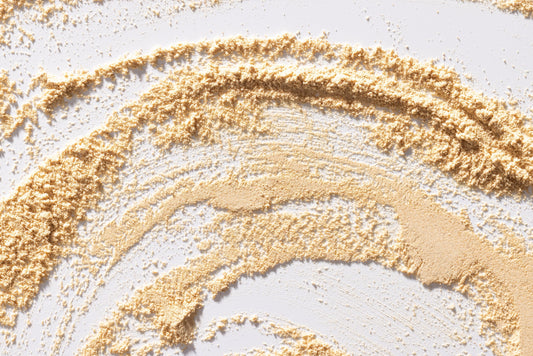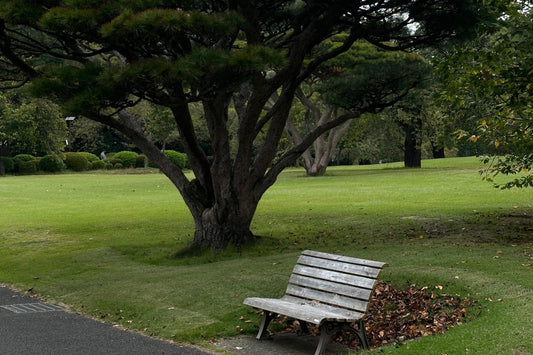To Be or To Do: A Vacation Without Plans, Guilt and the Need to Achieve
July is behind us, August just began. The sea, the mountains, the city you stayed in—these are all summer stages on which the same question plays out: do I have to achieve anything to deserve a vacation? Or is being enough?
August is the right moment to change our relationship with rhythm, with ourselves and with the time we have. The idea that this is when we must “recharge our batteries for the rest of the year” in a world where days are measured by obligations and goals can feel daunting. This summer we’ll try to reset the settings of the modern world and bring back those unplanned, hot summer weeks.

Say NO! : Not another SUMMER “used to the max”
We often misunderstand rest as a period when we must make up for something: travel, experiences, reading, wellness routines, fitness. The worst is when someone says they “have to” rest. As if free time must be justified by purpose, and a day without productivity should trigger guilt.
With its sticky heat and a rhythm that escapes every schedule, August is actually one of the few months of the year when we can quietly slip out of performance mode. Not to “charge for the rest of the year,” as the corporate narrative tries to sell, but because maybe we should finally stop living only for the rest of the year. Perhaps now is the time to admit how much that system drains us—and how little it takes to stop identifying with it, even briefly.
In that sense, summer vacation shouldn’t be only a break from work, but also a break from the narrative. From the idea that we must constantly grow, work, prove ourselves.
Rest is not a reward. Rest is a foundation.
As long as we believe rest has to be earned, we remain trapped in the very pattern we allegedly step out of with our annual leave. Challenging the idea of rest as a reward, and not as a basic human need, may be the most important step toward a different summer: scattered, sometimes awkward, with days that stretch.
If we feel uneasy during the first days of vacation, that’s expected. It isn’t easy to let go of the inner voice that constantly measures worth through productivity. For many of us, summer is not a space of freedom but an emotional test: how to endure silence, emptiness, the uncertainty of days without a schedule? How to withstand moments without achievement, without a concrete goal, without a clear feeling that we “did something”?
How to slow down: the first small interventions
Rest doesn’t have to begin with big cuts. You don’t have to go far, turn off every device or radically change your habits. It’s enough to start noticing the rhythm of the day, the body that slows, the breath that asks for space. Instead of trying to switch off everything that keeps us in drive, we can introduce moments in which nothing drives us. These can be short pauses, aimless rituals, silences we don’t hurry to fill.
Summer is ideal for this kind of gentle disruption: it already dilutes time on its own, erasing clear boundaries between work and rest, between day and evening. You just need to listen.
In practice, that means starting with small, repeatable gestures that ground us. They don’t have to be spectacular; what matters is they’re done with intention. Instead of morning scrolling, a handwritten note in your journal. Instead of yet another coffee to go, matcha prepared slowly, with awareness. Instead of a planned outing, walking without a destination. Instead of filling silence with a podcast, meditation.
Such micro-interventions shift not only the day’s rhythm but also our inner permission: that we don’t always have to go further, do more, be better; that we can be here, like this, now.

1. Name your summer vibe
Instead of starting summer with a list of goals, begin with a question: How do I want to feel? Not what we want to visit, read or change, but what inner state we’re longing for. Maybe it’s lightness, maybe silence. Maybe contact with ourselves, maybe presence.
Once we name the feeling, it’s easier to recognise it when it appears—and to tend it. If, for example, your summer vibe is “peace,” you’ll notice it doesn’t necessarily come with a sea view but perhaps with a morning walk while the city still sleeps. If it’s “tenderness,” you might discover it’s a midday cup of matcha at the very hour when you’re usually ablaze with tasks. Don’t force the experience; invite it and stay present enough to notice when it arrives.
2. Find your flow activity
A flow activity is one in which time stops being an enemy and focus stops requiring effort. It’s the moment we’re fully present in what we’re doing, without needing to recount it, share it or validate it. It doesn’t necessarily happen on vacation, but it’s easier to recognise then. Flow isn’t universal; someone enters it by painting, someone by drawing, swimming, or arranging shells on the beach. What matters is that it isn’t work for a result but action from inner satisfaction. Ask: When was the last time I didn’t look at the clock yet was fully absorbed? The answer is often modest: cooking, walking, cycling in silence, reading a book without the goal of learning something. In such moments we stop producing and start creating presence.
3. Notice what fills you and what drains you
One of the most useful things we can do in summer isn’t changing location, but changing focus. For a few days, try tracking a simple question: What drains me, and what fills me up? No analysis or pressure to change it immediately. Just observing. After a conversation—do you feel lighter or tighter? After a walk, a swim, sitting in silence—are you more present in your body or wrung out? Even among things we love, there are differences, because what nourishes us isn’t always what looks like rest.
Rest stops being abstract when we start connecting it to our own rhythm. Not to others’ expectations and even less to the algorithm. Maybe we’ve learned that days without obligations are enough, but if we fill them with content that doesn’t feed us, that isn’t rest—it’s distraction. True luxury isn’t a destination but the capacity to recognise where our energy spontaneously revives. And not to rationalise, optimise or justify it—just to allow it.
4. Learn from those who know how to stop
It’s worth observing people who nurture a healthy rhythm between “being” and “doing.” Not to copy them, but to notice options we may have lost sight of. Someone turns off their phone every afternoon for an hour and walks without a goal; someone else reliably refuses “one more meeting” at lunchtime; a third has an evening ritual of matcha and quiet. These are consistent boundaries that return a sense of ownership over our time.
Watching such people, we learn the ABCs of self-regulation: how to organise the day around capacity, not ambition; how to allocate time for charging, not only for spending; how to honour the fact that body and nervous system have a rhythm that doesn’t recognise perpetual acceleration. From each person you can borrow a sentence, a habit or a gesture and adapt it to your own life.
5. Be an example (especially if you’re a parent)
Children and young people don’t learn from instructions but from what they see every day. If they constantly see us rushing, phone in hand, saying “just this one thing,” they’ll adopt the message that being an adult is a synonym for constant tension. If, however, they see us sitting with a book, drinking matcha without hurry, closing the screen when it’s time to talk, they’ll get a different map of the world: one in which stopping and being is allowed.
Being an example doesn’t mean pretending calm. It’s enough to show that boundaries exist and are worth protecting: not replying to messages during meals, leaving the office behind when we’re done, taking a short walk before bed instead of “one more episode.” However small, such decisions form a home climate in which rest isn’t a reward but a basic need.

Small rituals of presence: matcha, journaling, aimless walking
A simple pause can be the quickest way back into the body: choose your favourite iced matcha latte, slow down the preparation, bring your senses online—the smell, warmth, coolness and taste. Five to ten minutes without a screen, with a few deeper breaths, often does more for the nervous system than an hour of passive scrolling.
Journaling is another quiet tool. You don’t need a “gratitude format” or a daily plan—just a few lines about how you feel and what matters to you today. Writing by hand slows the mind and helps you notice nuances you’d usually skim over. The third ritual is walking without a goal: movement that isn’t a workout and has no task, but serves as a “return home.” Ten to fifteen minutes a day, without headphones, is enough for mental noise to thin out and for the body to tell you what it needs.
Rest doesn’t need a purpose
Most of our tension around rest comes from the language we use. When the day begins with “we must use the summer,” “we must recharge,” “we must change habits,” rest turns into a project. If, instead, we switch to “we may slow down,” “we may plan nothing,” “we may choose silence,” a space opens for an experience that needs no justification. Language is the first terrain on which we build a new practice.
This reprogramming doesn’t mean rejecting all obligations; it means recognising that rest doesn’t need a purpose to be legitimate. Once that language takes root, it’s easier to make small choices in favour of calm: closing the laptop earlier, declining a call that doesn’t fit the day, cooking a simple lunch and letting the conversation last. Out of those choices a nurturing rhythm emerges. Enjoy August!

